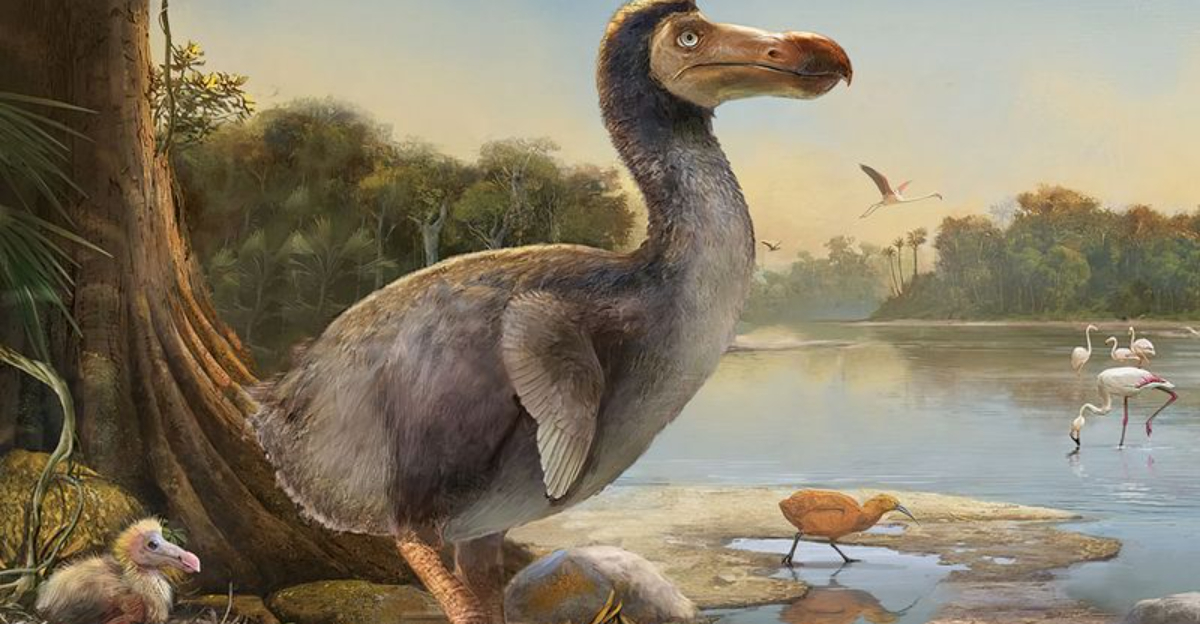Imagine a world where the great creatures of the past wander the Earth once more.
Let’s talk about some fascinating extinct animals that many wish could be revived. These creatures captivate our imaginations, representing both the wonders of evolution and the delicate balance of our ecosystems. Ready to dive into the prehistoric era? Let’s go!
1. Woolly Mammoth
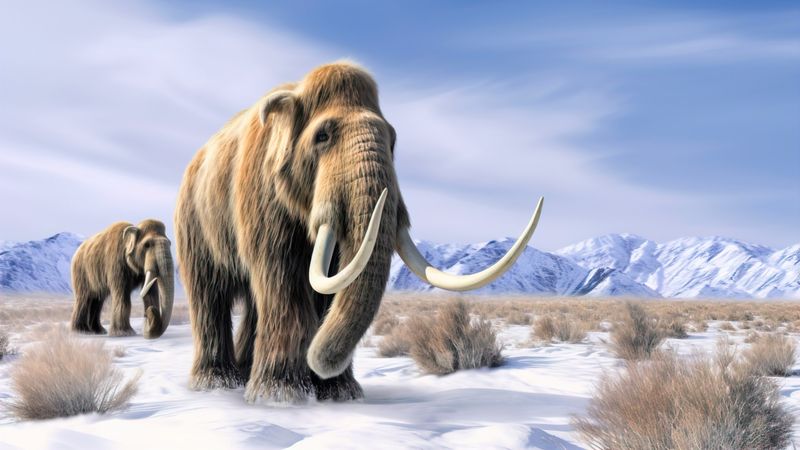
The woolly mammoth roamed the cold tundra during the last Ice Age. These majestic creatures were closely related to modern elephants and were perfectly adapted to their frigid environment.
Their bodies were covered in long, thick fur, and they possessed a layer of fat to insulate against the cold. Enormous, curved tusks allowed them to forage for vegetation buried beneath the snow.
For thousands of years, they thrived in the coldest regions, coexisting with early humans. The mammoth’s image has been immortalized in ancient cave paintings, indicating its significance to early societies.
Unfortunately, about 4,000 years ago, a combination of climate change and human hunting led to their extinction.
With advancements in genetic science, discussions about de-extincting the woolly mammoth have gained momentum. Scientists are exploring cloning and gene-editing technologies to bring this iconic creature back.
Reviving the mammoth could have ecological benefits, potentially restoring tundra ecosystems and combating climate change by promoting grassland growth over harmful tundra moss.
2. Dodo Bird
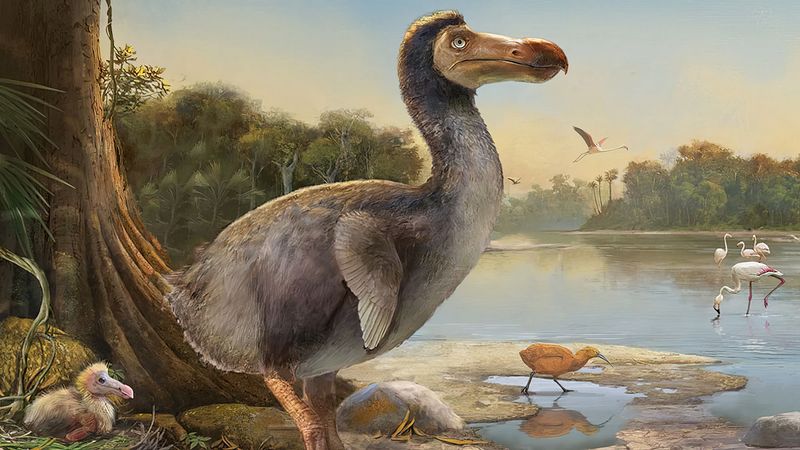
Native to the island of Mauritius, the dodo is perhaps the world’s most famous extinct animal. Known for its large, flightless body and peculiar appearance, the dodo lived in a paradise free from predators. It thrived in the lush forests, feasting on fruits and seeds, a symbol of the island’s unique biodiversity.
Unfortunately, the arrival of humans in the late 16th century marked the beginning of its end. The dodo’s lack of fear made it easy prey for settlers and introduced species like rats and pigs. Within a century, the dodo bird was gone, a sad reminder of human impact on nature.
The idea of resurrecting the dodo bird is tantalizing for many. Advances in genetic engineering offer a glimpse of hope.
By studying preserved DNA, scientists speculate it might be possible to recreate a dodo-like bird. This endeavor could help restore Mauritius’s ecological balance. However, questions about habitat suitability and potential consequences must be addressed.
3. Tasmanian Tiger
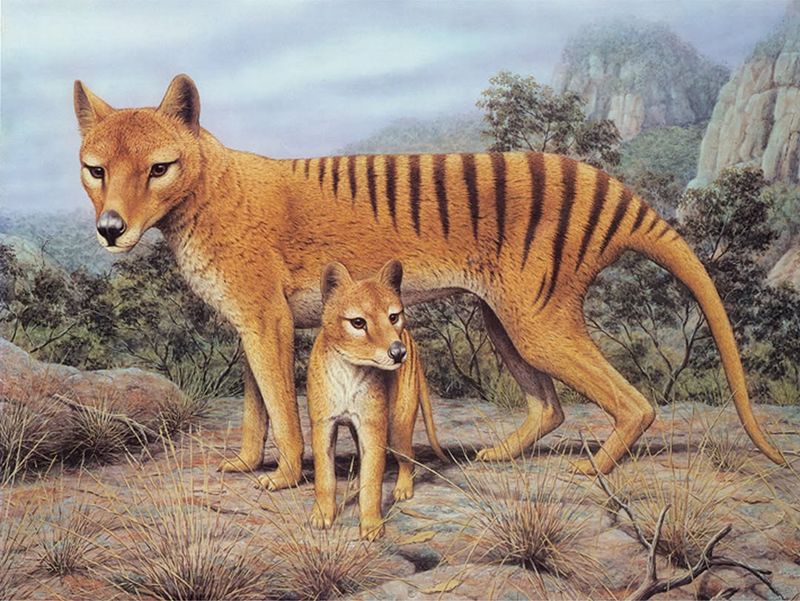
This tiger was a unique marsupial predator native to Tasmania, Australia, and New Guinea. With its sandy fur and distinct dark stripes, it resembled a dog with a pouch, earning its name. This fascinating creature played a crucial role in its ecosystem as an apex predator.
Sadly, European settlers misunderstood the thylacine as a threat to livestock, leading to aggressive hunting.
Coupled with habitat destruction and the introduction of diseases, this persecution drove the species to extinction by the 1930s. Its last known member passed away in captivity in 1936.
4. Passenger Pigeon
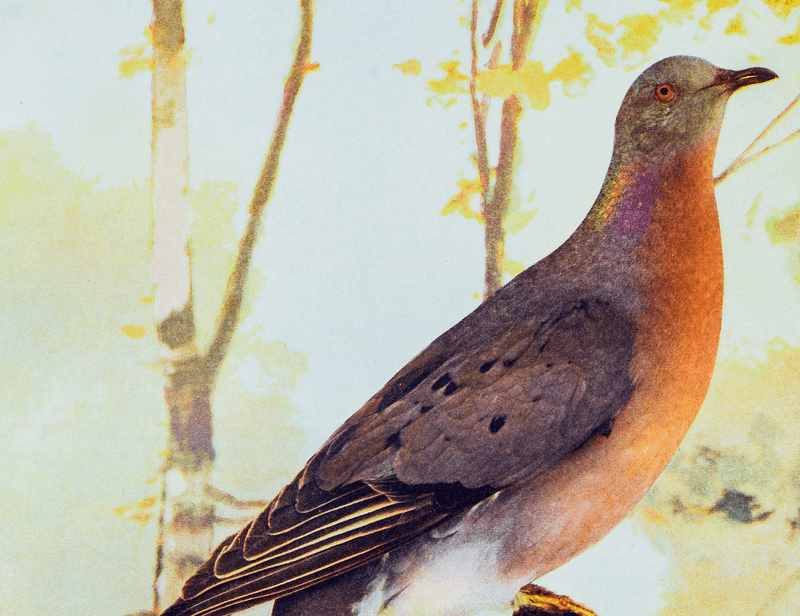
The passenger pigeon was once among North America’s most abundant birds, with flocks so large they darkened the skies.
Known for their iridescent feathers and graceful flight, these birds were a common sight across the continent, nesting in vast numbers in eastern forests.
Tragically, this abundance became their downfall. In the 19th century, overhunting and habitat destruction decimated their populations.
The loss was so rapid and complete that the last known passenger pigeon, named Martha, passed away in captivity in 1914.
The passenger pigeon’s extinction is a stark reminder of the consequences of unchecked human activity. Today, there is interest in using genetic techniques to revive the species.
5. Great Auk
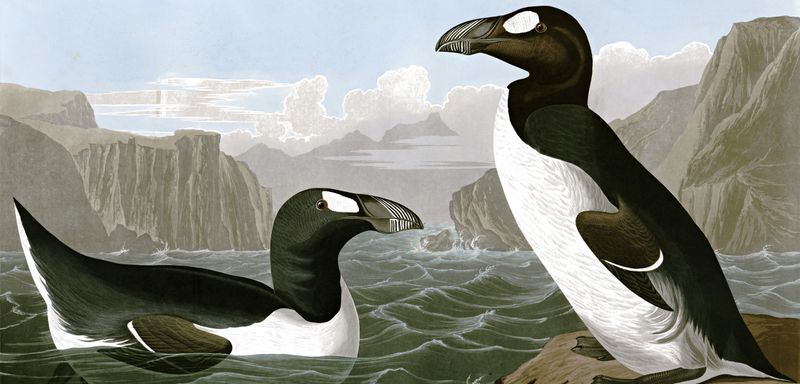
This large bird, somewhat resembling a modern penguin, was well-suited to the cold, coastal environments where it bred and hunted for fish.
Unfortunately, its inability to fly made it vulnerable to human exploitation. The great auk was hunted extensively for its feathers, meat, and oil, leading to its extinction in the mid-19th century.
The last known individuals were hunted down on an island near Iceland in 1844.
6. Steller’s Sea Cow
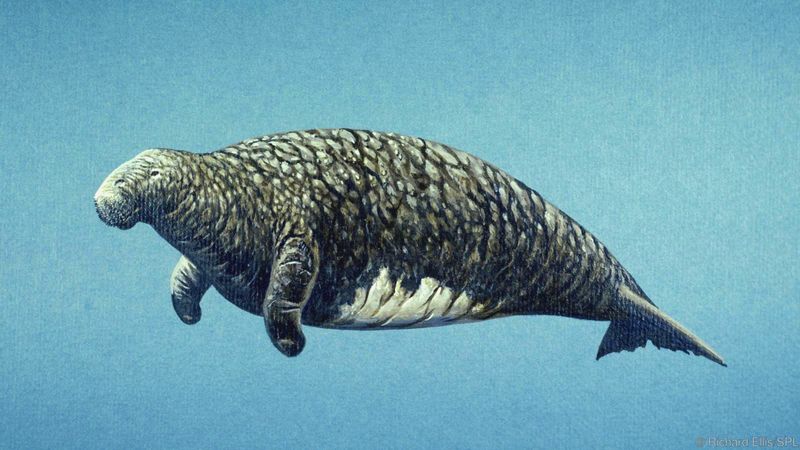
Steller’s sea cow was a massive marine mammal, once inhabiting the cold waters of the Bering Sea. Related to the dugong and manatee, it was unique for its immense size, reaching up to 30 feet in length. This gentle giant fed on kelp and other marine plants, playing a crucial role in its ecosystem.
Discovered by Europeans in the 18th century, Steller’s sea cow was hunted to extinction within 27 years of its discovery. Its large size made it an appealing target for hunters seeking meat and oil.
7. Pyrenean Ibex
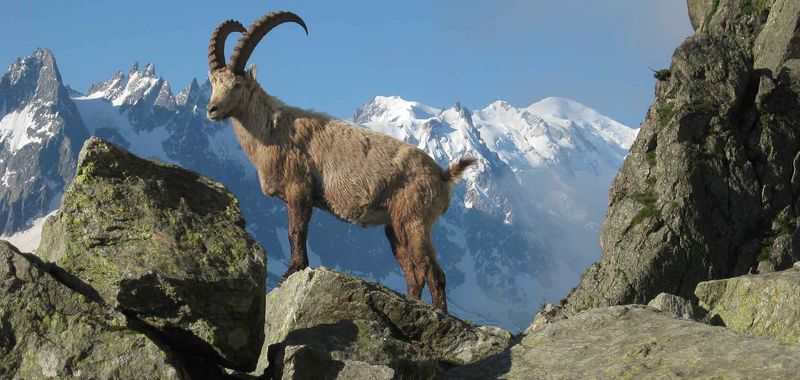
Also known as the bucardo, this ibex was a subspecies of the Spanish ibex, native to the Pyrenees mountains.
It was distinguished by its impressive curved horns and sure-footed agility, navigating the rocky slopes of its alpine habitat with ease.
Human activities, including hunting and habitat encroachment, led to its decline. In 2000, the last known Pyrenean ibex passed away, marking the first extinction of a species in the 21st century.
Interestingly, the Pyrenean ibex became the first extinct animal to be “resurrected” through cloning. In 2003, scientists succeeded in cloning an ibex, though it only lived for a short time.
This experiment opened the door for further genetic research, offering hope for future attempts. Reviving the ibex could contribute to biodiversity and conservation efforts in its native region.
8. Saber-Toothed Tiger
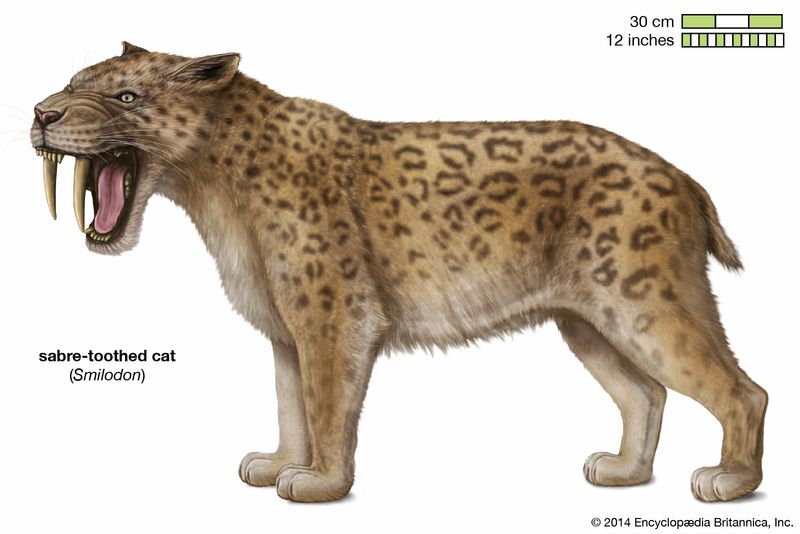
This prehistoric cat is one of the most iconic prehistoric predators. Known for its long, curved canine teeth, it roamed through America during the Pleistocene epoch.
This formidable hunter thrived in diverse habitats, from forests to grasslands, preying on large herbivores.
Despite its fearsome reputation, the saber-toothed tiger faced extinction about 10,000 years ago, likely due to climate change and the disappearance of its prey.
Its legacy endures in fossil records and popular culture, symbolizing the magnificence of prehistoric life.

